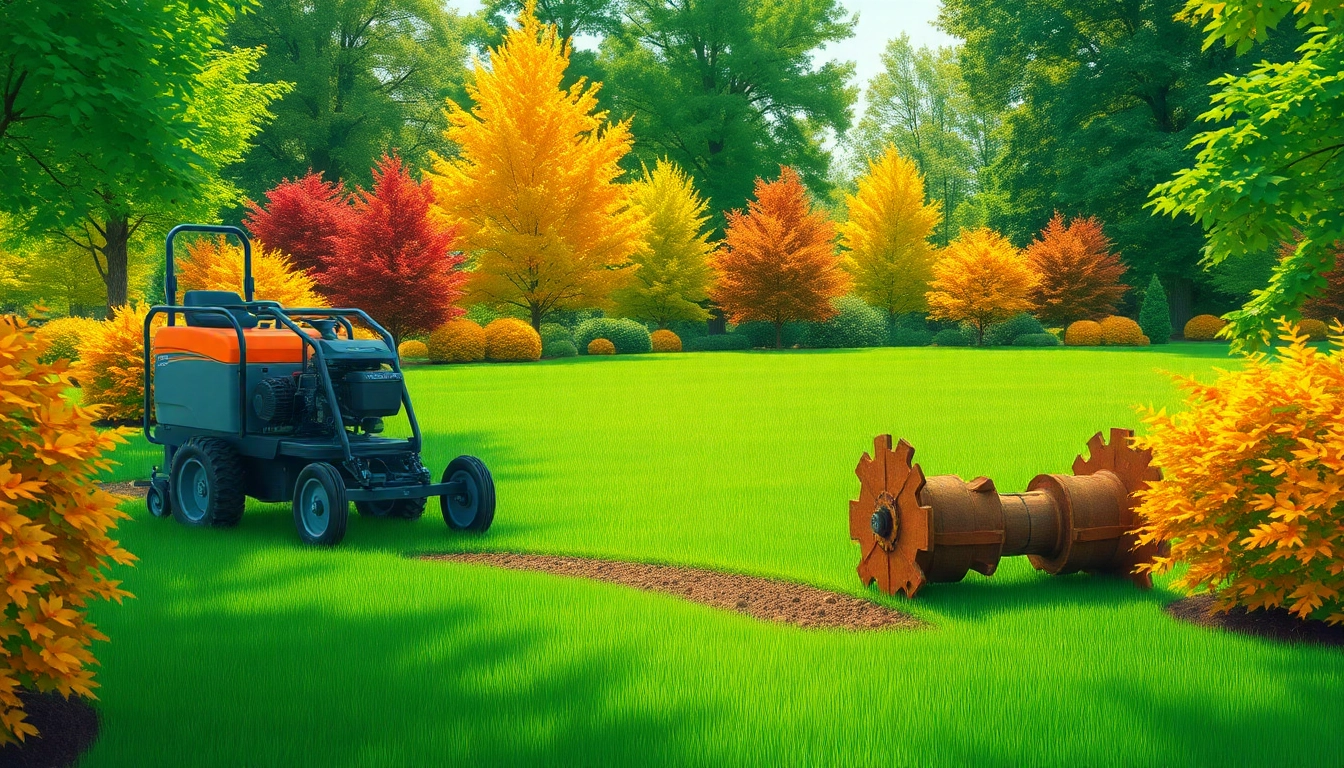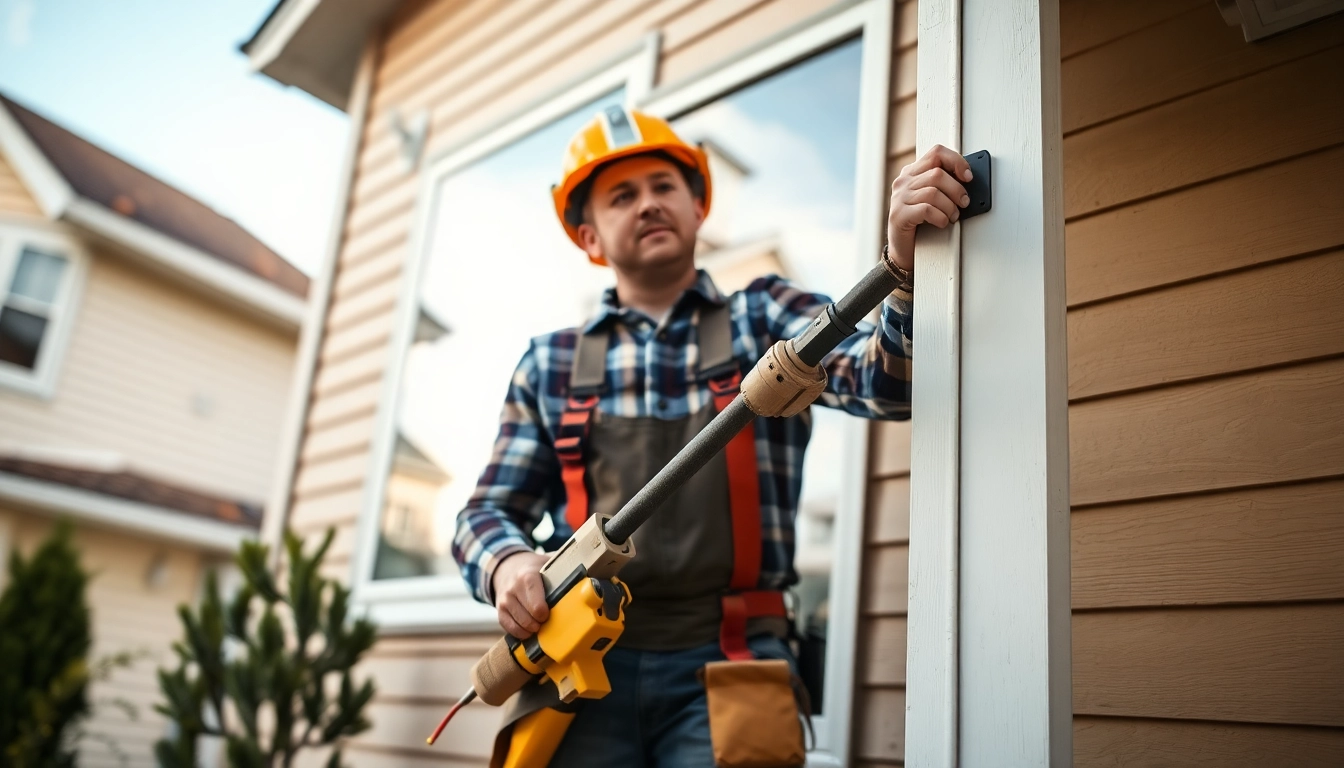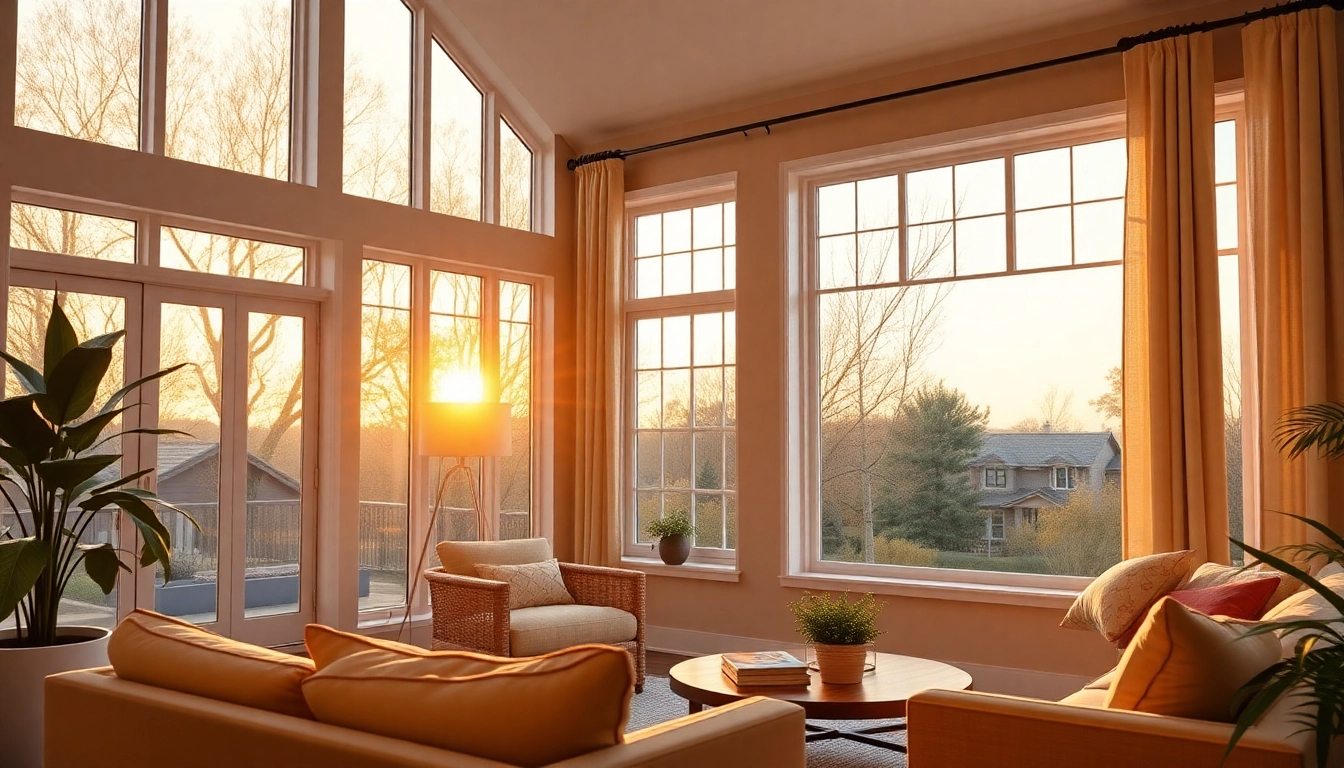Understanding Wandbegrünung Indoor
What is Wandbegrünung Indoor?
Wandbegrünung Indoor, or indoor green walls, represent a growing trend in interior design and horticulture, characterized by vertical garden systems used to enhance indoor spaces. These installations utilize various plants integrated into wall-mounted frameworks, creating a lush and vibrant representation of nature inside homes and commercial environments. Unlike traditional potted plants, indoor green walls offer a more expansive visual impact, allowing for a greater density of greenery in a smaller footprint. By converting ordinary wall surfaces into thriving ecosystems, they transform sterile environments into lively, health-promoting areas.
The design of these systems can vary significantly, depending on various factors like plant choice, water management systems, lighting, and installation methods. A popular approach is utilizing modular panels, which provide versatility in both design and plant care, making them a sought-after solution for anyone looking to enhance their decor aesthetic while also improving air quality and wellbeing. For a comprehensive understanding of how to implement Wandbegrünung Indoor, it’s essential to delve into its benefits, plant choices, and design implications.
Benefits of Indoor Plant Walls
The advantages of implementing indoor plant walls extend beyond mere aesthetics. They can profoundly impact the atmosphere and environment of a space. Firstly, these installations significantly improve air quality. Through the process of photosynthesis, plants absorb carbon dioxide and release oxygen, contributing to a healthier indoor atmosphere. Additionally, various species of plants can filter harmful pollutants, such as volatile organic compounds (VOCs), which are commonly present in indoor environments.
Moreover, indoor green walls provide temperature regulation and humidity control. By transpiring water, plants can naturally cool a space, creating a comfortable atmosphere. This can lead to reduced reliance on artificial heating or cooling systems, benefiting both the environment and reducing energy costs over time. Furthermore, the presence of greenery has been shown to reduce stress and increase productivity, making indoor plant walls an excellent choice for both home and office settings.
Types of Plants for Indoor Green Walls
Choosing the right plants is paramount to the success of an indoor green wall. Certain species thrive better in vertical garden setups due to their growth habits, light requirements, and resilience. Some common choices include:
- Ferns: Varieties like the Boston fern are excellent for indoor environments, thriving in indirect light and helping to increase humidity.
- Succulents: These plants require less water and are suited for drier climates, making them an ideal option for low-maintenance installations.
- Philodendrons: Known for their hardy nature, philodendrons come in various species, many of which can adapt well to low light conditions.
- Pothos: This trailing plant is remarkably resilient and can thrive in a wide range of conditions, making it perfect for beginners.
- Herbs: For a functional approach, consider incorporating herbs like basil or mint, which can contribute to cooking and aromas.
The inclusion of diverse plant species can also enhance the visual interest of the installation, while simultaneously catering to different growth requirements and care routines.
Designing Your Indoor Plant Wall
Choosing the Right Location and Setup
The first essential step in designing an effective indoor plant wall is selecting the right location. Consider areas that receive adequate indirect sunlight throughout the day, as most indoor plants thrive better in bright, indirect light. Avoid positioning your green wall in direct sunlight, as this can lead to overheating and plant stress. Ideal locations often include hallways, living rooms, or lobbies—places where the aesthetic impact can be maximized.
Once the location is chosen, consider the installation method. Depending on your expertise and preferences, module panels might be more suitable for DIY projects, while any complex system may require professional installation. Ensure that the wall is structurally sound to support the weight of the plants, soil, and irrigation systems if applicable.
Modular vs. Fixed Systems: What to Consider
Choosing between modular and fixed systems is crucial in designing your indoor plant wall. Modular systems offer greater flexibility, allowing plant enthusiasts to customize layouts easily and adjust plant selections based on seasonal requirements or aesthetic desires. These systems typically use individual growing modules that can be rearranged or replaced as needed, facilitating maintenance and upgrades over time.
On the other hand, fixed systems, while often more permanent and stable, can limit flexibility. They may involve more complex installation and specific plant placements, making changes challenging without significant effort. Consider your long-term goals and preferences when selecting a system, and evaluate your willingness to adapt and change the configuration as necessary.
Incorporating Lighting for Optimal Growth
Light is a critical component in ensuring the health and vitality of your indoor plant wall. If the selected location does not receive adequate natural light, consider integrating artificial grow lights. LED grow lights are an excellent option, as they provide the necessary spectrum for photosynthesis while being energy-efficient and low in heat output.
When installing artificial lighting, ensure it mimics the natural light cycle that plants require, typically 12-16 hours per day of adequate lighting. Position the lights so they evenly cover the entire green wall, providing uniform growth among all plants. Regularly monitor plant health and adjust light exposure as needed, ensuring that no areas are either too dark or too bright.
Maintenance Best Practices
Watering and Nutritional Needs for Indoor Walls
Proper maintenance is essential for the longevity and vibrancy of your indoor plant wall. A key factor is establishing a robust watering routine. The frequency of watering will depend on the types of plants used and the local climate regime. A good rule of thumb is to check the moisture content of the substrate. Ensure that the substrate is neither waterlogged nor completely dry before re-watering.
In addition to regular watering, incorporating a balanced fertilization schedule is vital. Using a water-soluble fertilizer during the growing season encourages healthy growth and flowering for your indoor plants. Nevertheless, avoid over-fertilization, which can lead to nutrient burn and poor plant health. Following recommended dosage guidelines will help achieve optimal nutrient availability without compromising plant wellbeing.
Managing Pests and Diseases
Indoor green walls can attract various pests, such as spider mites, aphids, and mealybugs, that can hinder plant health if not managed properly. Regularly inspect your plants for signs of infestation, such as webbing, spots, or discolored leaves. Early intervention is crucial; you can use insecticidal soap or neem oil to eliminate pests while still being safe for plants and indoor environments.
In addition to pest management, it’s essential to promptly address any signs of disease, such as mold or root rot. Proper airflow, maintaining humidity levels, and avoiding excess moisture can help prevent fungal diseases. If plants exhibit symptoms of disease, consider isolating the affected plants and, if needed, replace plant materials to maintain the overall health of the installation.
Seasonal Care Tips for Healthy Growth
Seasonal variations can affect indoor plants distinctly. During the winter months, indoor heating can lead to dry air conditions that adversely impact plant health. Consider implementing a humidifier in the vicinity of the plant wall to mimic the natural humidity levels many indoor plants prefer. Spray misting can also help maintain humidity during drier seasons.
In spring, fresh growth becomes evident as most plants enter their active growing phase. This is an excellent period to assess the need for re-potting, plant replacements, or design modifications as plants may grow larger than anticipated. Conversely, fall is an ideal time for maintenance, including trimming back overgrowth to ensure the wall maintains its desired aesthetic.
Cost Considerations and Budgeting
Initial Costs of Wandbegrünung Indoor
When planning for an indoor plant wall, understanding the associated costs is vital for budgeting. The expenses may vary significantly based on factors such as the complexity of the installation, type of plants selected, and any necessary irrigation or lighting systems. A small DIY project might range from a few hundred dollars to several thousand for more elaborate professional installations featuring sophisticated plant systems and integrated technology.
High-quality plants can be a considerable portion of the budget, especially for larger wall installations. Choose plants wisely, considering factors like availability, hardiness, and the costs associated with ongoing maintenance.
Long-term Savings on Energy and Health
While the initial investment might seem significant, the long-term benefits can justify the costs associated with indoor green walls. Energy savings may accrue through passive cooling effects that these systems may provide, leading to lower utility bills over time. Additionally, healthier indoor environments can reduce sick days in workplaces or improve overall mental health and wellness at home, leading to improved productivity and satisfaction.
Incorporating green walls into your space may also increase property value and appeal, making them a worthy investment for commercial properties as potential tenants or buyers increasingly seek out sustainable and attractive spaces.
DIY vs. Professional Installation
Choosing between a DIY approach and hiring professionals often depends on the project scope, budget, and personal capability in handling plant care and installation. DIY installations can yield substantial savings but may require a significant investment of time and effort. Success often depends on one’s familiarity with horticulture and the tools necessary for installation.
Conversely, professional installations, while more costly upfront, ensure that the project is completed efficiently and effectively, with expert guidance on plant selection, wall design, and ongoing maintenance. The choice between DIY and professional installation should factor in both budget and willingness to engage with the care and aesthetics of the installation.
Inspiration and Trends
Modern Design Trends in Wandbegrünung Indoor
Trends in indoor green walls are shifting towards more custom and innovative solutions that integrate technology with nature. Smart technology, such as automated irrigation systems and smart light controls, is increasingly incorporated into designs to facilitate maintenance and enhance plant growth. Minimalist and monochromatic designs are popular, allowing the rich greenery to serve as the focal point in contemporary spaces.
Additionally, biophilic design is at the forefront of modern architecture and interior design, emphasizing the connection between nature and indoor spaces. This approach not only acknowledges the aesthetic appeal but also recognizes the psychological and physical benefits that plants bring to environments.
Case Studies: Successful Indoor Plant Walls
Several successful implementations of indoor plant walls have showcased their benefits across various contexts. One notable example includes an office in Berlin that incorporated a large green wall to enhance employee wellness and creativity. The plant wall, featuring over fifty different plant species, served as both a partition and an aesthetic enhancement. Feedback from employees indicated increased satisfaction and productivity levels following the installation.
In another instance, a restaurant in a bustling urban area opted for an indoor green wall to not only beautify the space but also purify air pollutants resulting from nearby traffic. The installation of the green wall directly correlated with an increase in customer foot traffic and positive reviews regarding the establishment’s ambiance.
Future of Indoor Greenery in Interior Design
The future of indoor greenery appears promising, as more individuals and businesses recognize the importance of integrating natural elements into their environments. As urbanization accelerates and people seek refuge from concrete jungles, indoor green walls provide a solution that meets aesthetic desires while promoting health and wellbeing.
With advancements in horticultural technology and an increasing portfolio of plant options suited for indoor environments, the adaptability and allure of indoor plant walls will continue to thrive. As sustainability becomes a more significant focus in design practices, the role of Wandbegrünung Indoor is poised to expand even further, blending beauty, function, and ecological responsibility.


